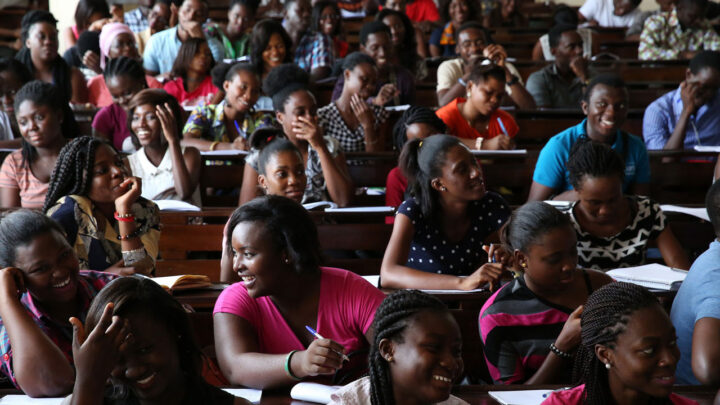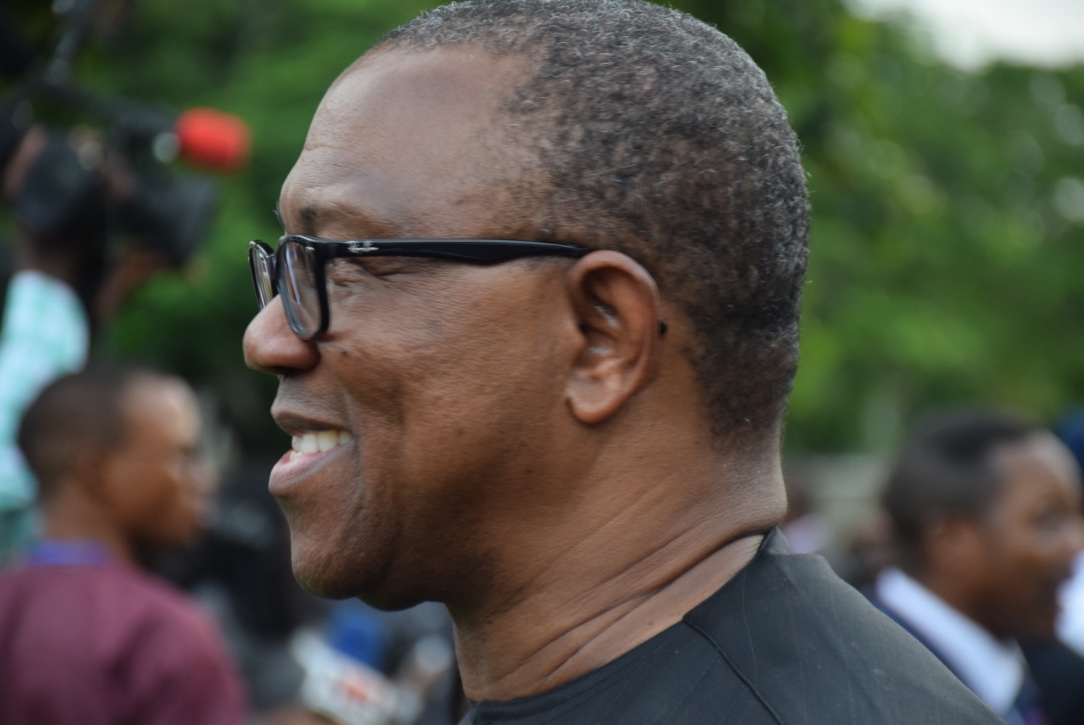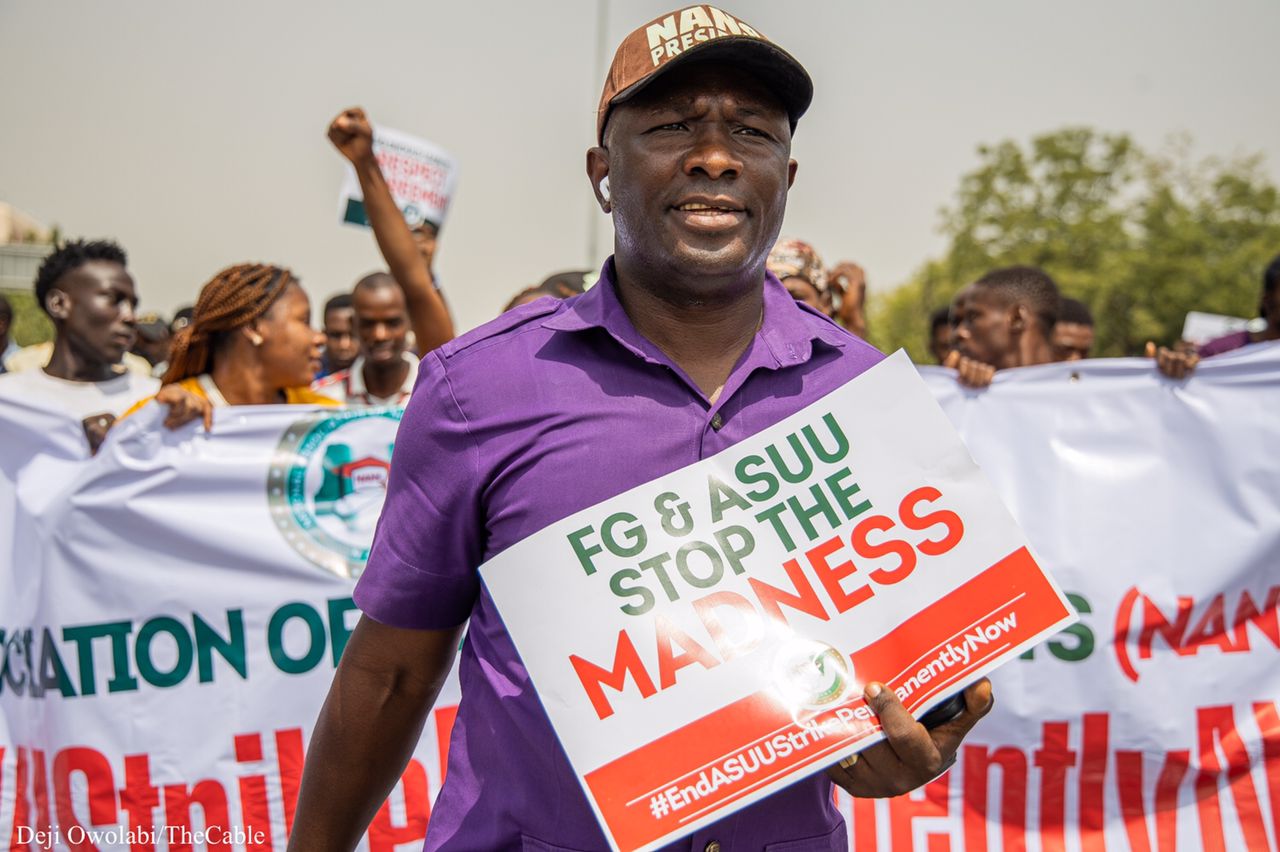An illustrative photo of university students.
Cumulatively over the past 23 years since the advent of democratic rule, it is estimated that our Universities have been shut for a cumulative period of just over four years – more than sufficient time to complete a four-year course. The current strike has lasted five months and counting; whereas in 2020, the strike lasted all of 9 months – almost an entire calendar year.
We currently have a teeming youthful population with about 43.5% aged 14 years and below; while about 19% are aged between 15 and 24 years. Overall, it is estimated that nearly 70% of our population is aged 30 years and below. What are the emotional implications as well as short- and long-term sequelae for affected youth and our nation of such prolonged strike actions? Is there a price to pay when we keep them at home for interminably long and unpredictable spells?
Alcinda Honwana introduced the concept of ‘waithood’ into our lexicon, which she described as the prolonged period of suspended transition between childhood and responsible adulthood among African youth. She posited that the halted developmental transition of African Youth into adulthood, which previously was attained at an earlier age, between 20 and 25 years, and is now prolonged to about 30 to 40 years of age is directly linked to social unrest and protest movements.
This position is clearly supported by the prolonged ASUU strikes in Nigeria, which invariably extend the period of ‘waithood’ of our youth. And some of these youth frustrations fuelled the #EndSARS protests – which coincidentally, occurred during a nine-month-long ASUU strike.
Advertisement
Emotional consequences
The emotional turmoil of such prolonged strikes and the gradual extension of the youth ‘waithood’ period of transition into adulthood are stark and weighty. They include boredom and frustration with life generally. This frequently translates into butting heads with parents and general irritability, as well as discontent, loss of hope and general malaise. Some experience lack of motivation for their studies as well as other career goals and may even begin to contemplate dropping out of school altogether.
Other consequences include anxiety disorders, due to frequent worry and uncertainties and the inability to plan with any reasonable confidence. Depression is also a common consequence, with associated suicidal behaviours. Unfortunately, many more turn to drug abuse to improve their mood and help them forget their frustrations and uncertainties. The most devastating to my mind is when they finally reach a watershed where they lose all sense of hope and optimism for a better future. They become resigned and stop trying to work hard.
Advertisement
Of course, it is not all gloom and doom and some students also turn their energies into productive ventures and learn a trade, a business or volunteer with organizations to keep busy and continue growing. Unfortunately, such positive stories are in the minority.
The fire next time
A restive youthful population that is frustrated, bored and has no hope or cause for optimism for a better future; or one whose mind is already blunted by psychoactive drug abuse is simply a ticking time bomb for the nation. Any society that does not hearken to meet the needs of her youth is simply brewing trouble ahead. We are already seeing this with rising insecurity and young people turning to crime and get-rich-quick schemes. Kidnapping, banditry, Boko Haram insurgency, unknown gunmen and the spate of crimes across the country are the clear and present dangers emanating from the lack of vision and planning for the needs of our predominantly youthful population.
The #EndSARS protest and the associated violent involvement of youth across socio-economic classes of society was a sample of the sort of conflagration we are gradually brewing. Our youth are discontent with the status quo and their lot in life. Not recognizing this and seeking to assuage their grievances will be extremely unwise.
Advertisement
The linkage to sociological unrest also further buttresses the theory of Alcinda Honwana. The #EndSARs protest deployed the sociological use of labelling, with the youth on one hand as the ‘in-group’ (soro-soke) while the older generation was collectively labelled as the ‘out group’ (gbenudake) that was not to be listened to.
What to do?
I don’t have all the answers, but not doing anything is simply not an option. The ongoing neglect of our youth, elongated ‘waithood’ and its attendant frustrations – with unresolved ASUU strikes (governmental malaise) as a strong contributing factor, sense of hopelessness and youth discontent coupled with attendant emotional turmoil …….all of these cannot be wished away.
All hands must be on deck for us to stem the tide and begin to provide solutions for meaningfully engaging our youth in productive endeavours. A good starting point will be to get them back in school by resolving the ASUU strike speedily.
Advertisement
A second critical step is to restore their hope in Nigeria. How? By contributing in our own small ways to building a country we can all be proud of. Societal re-engineering will never occur by accident.
Advertisement
Views expressed by contributors are strictly personal and not of TheCable.







